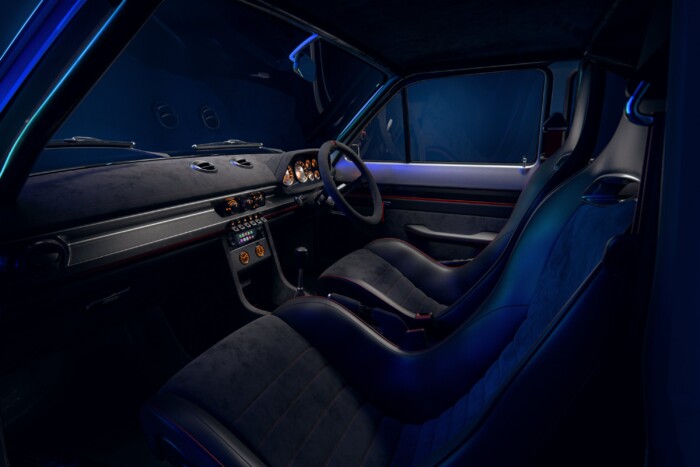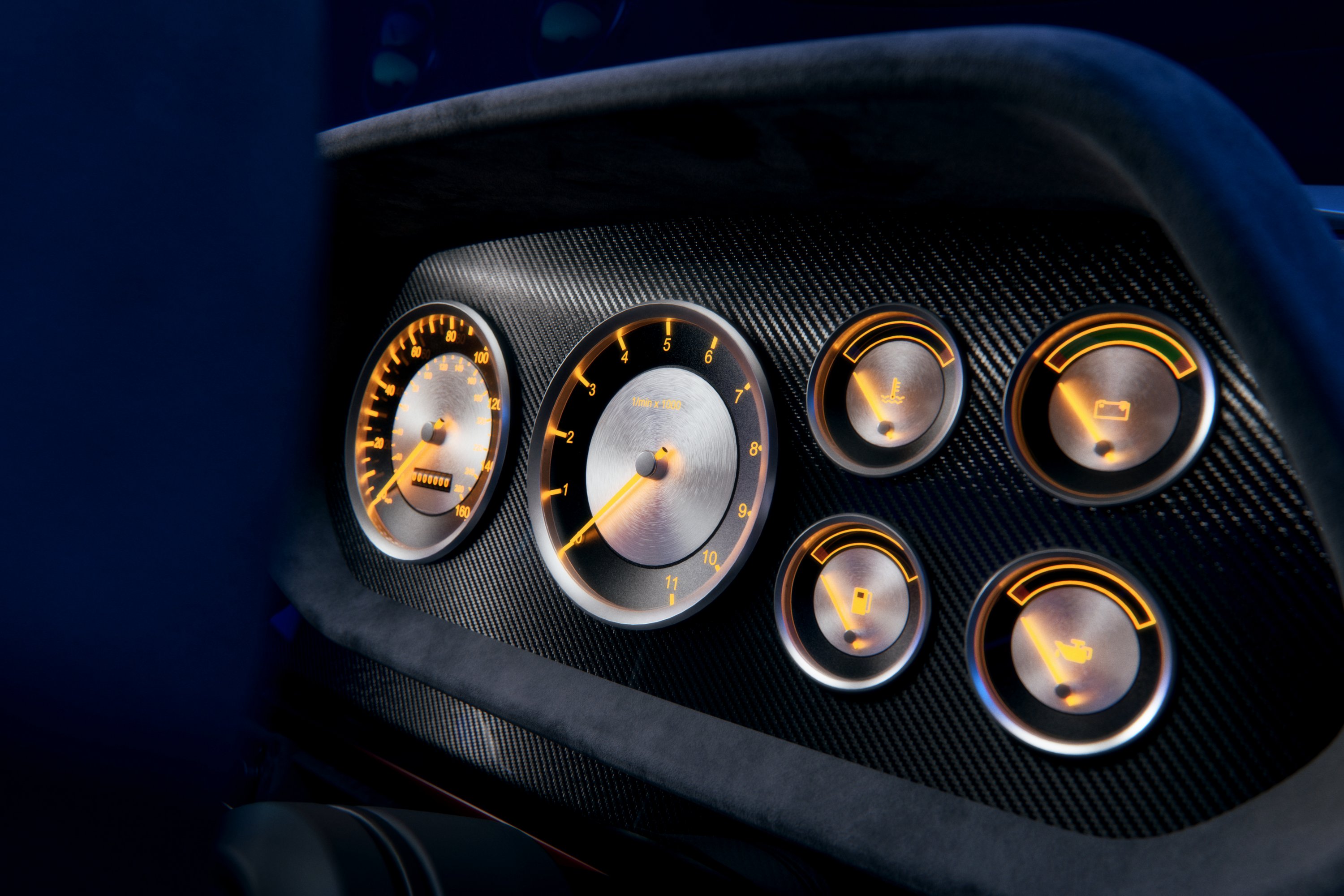Ford introduced the original Escort RS2000 in 1973, which offered the dynamism of the pesky RS1600 in a much more reliable and manageable format. The car was produced for only one year, after which it Escort due to the change of generation, it was replaced, but even this short time was enough for the light sports car to become a legend – the Escort’s 770 kg weight was easily moved by the 100 horsepower, two-liter Pinto block.
The resurrection of this type was dreamed up and brought under the roof by the British Boreham Motorworks, moreover, in a hitherto unknown construction. The body is manufactured from new materials and using modern processes, but Ford gave permission to work on the basis of the original blueprints and to continue the serial numbering of the original series – this creates a situation that is difficult to understand, since Boreham’s Escort Mk1 RS is brand new in every way, but from the point of view of model history a direct continuation of the series that was abandoned in 1974.

Not only the bodywork is original: the base engine is an improved version of the iconic Ford / Lotus block of the 1960s, the 1.5 liter Twin Cam engine. The displacement was increased to 1845 cubic centimeters, the carburetors were replaced with injectors, so the peak power reaches 185 horsepower, which sounds more than enough in light of the 800 kilogram curb weight. The block is also accompanied by an original, synchronized four-speed manual transmission.

If this is the base, what can be the top, you rightly ask. Well, a brand new 2.1-liter racing block that weighs only 85 kilograms, has a maximum speed of 10,000 rpm and a peak power of 300 horsepower. Of course, special components were used for this extreme load, from forged steel cranks to motorsport wiring harnesses to electronic throttle control. Combustion products leave through a titanium exhaust system, the gearbox is five-speed manual. Driving dynamics data are not yet available.

In order to be faithful to the style, the car stands on 15-inch wheels, which, however, have wide tires – size 205 at the front and size 255 at the back. There are disc brakes on all wheels, with four-piston calipers in the front and two-piston calipers in the rear. Compared to this, it is strange that neither the steering wheel nor the brakes are powered, there is no anti-lock braking system, or even traction control in order to ensure a true-to-life driving experience.
The chassis is also made according to the original configurations, but from super-light aluminum and titanium alloys; the differential is partially self-locking.

If the retro style is feasible on the outside, and even desirable, the passenger compartment had to be more careful with references to the past. The instrument cluster is analog, but with modern, minimalist graphics, the heating and ventilation switches are large dials, and rocker switches are lined up below them. However, if we take a closer look, we see pictograms indicating smartphone integration on a thin display, so the equipment also meets modern expectations. An analog time clock and a stopwatch round off the center console instrumentation. The steering wheel has a thick, colored bar at 12 o’clock indicating the center position.

Only 150 copies of the car will be produced, both left and right-hand drive versions can be ordered; the starting price is 295,000 British pounds, i.e. 146 million forints. The public world premiere of the final car will take place in the summer of 2025, and production will start in the fall.
Source: www.vezess.hu











